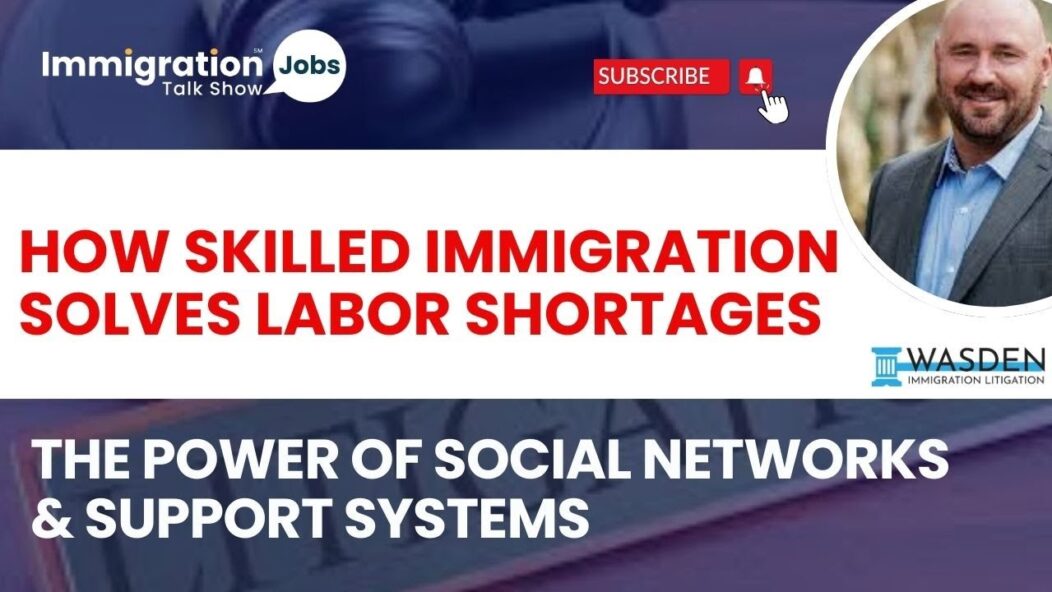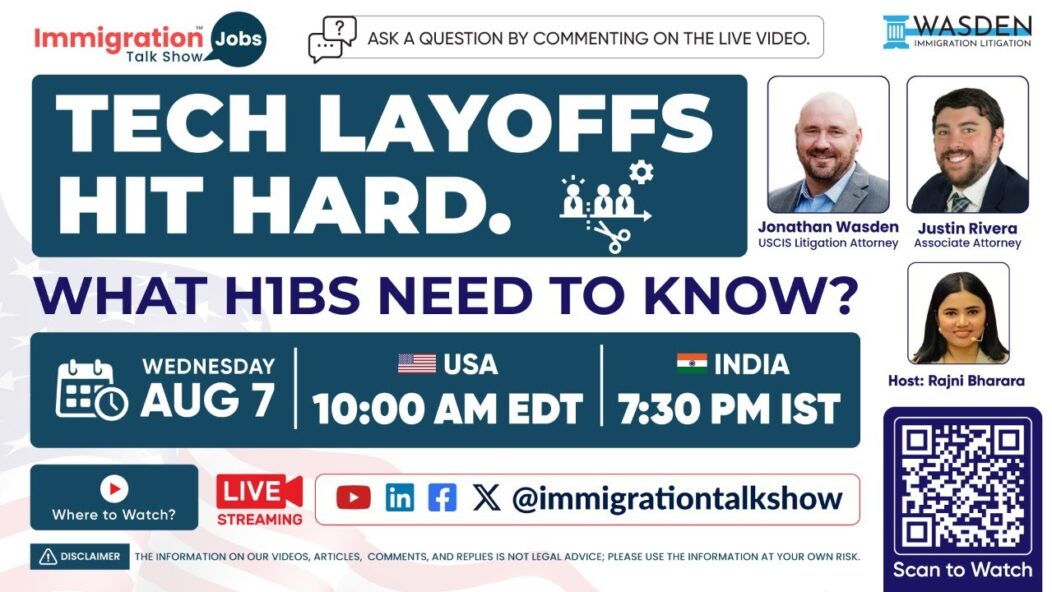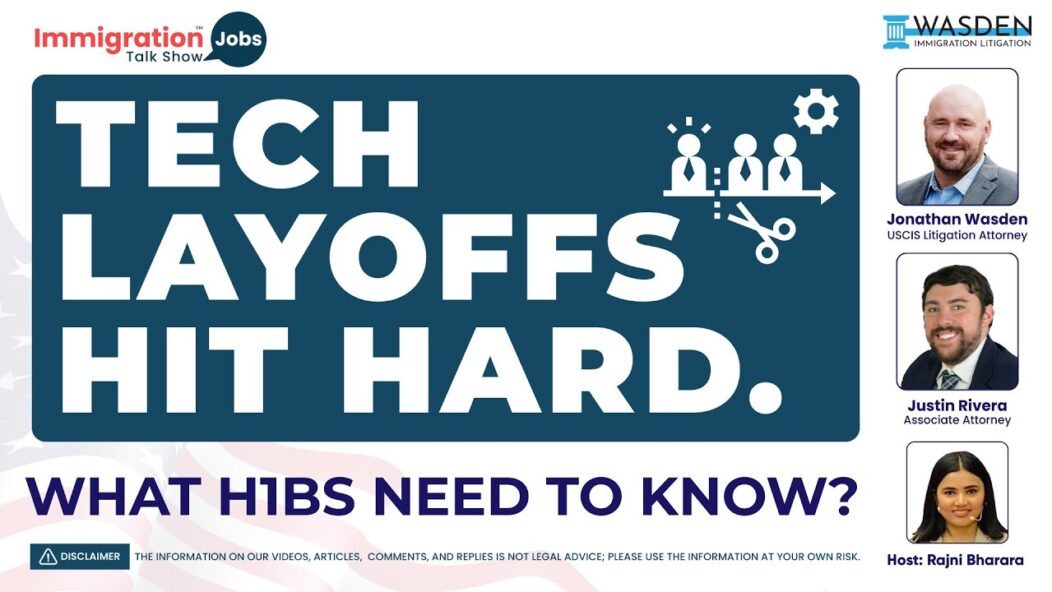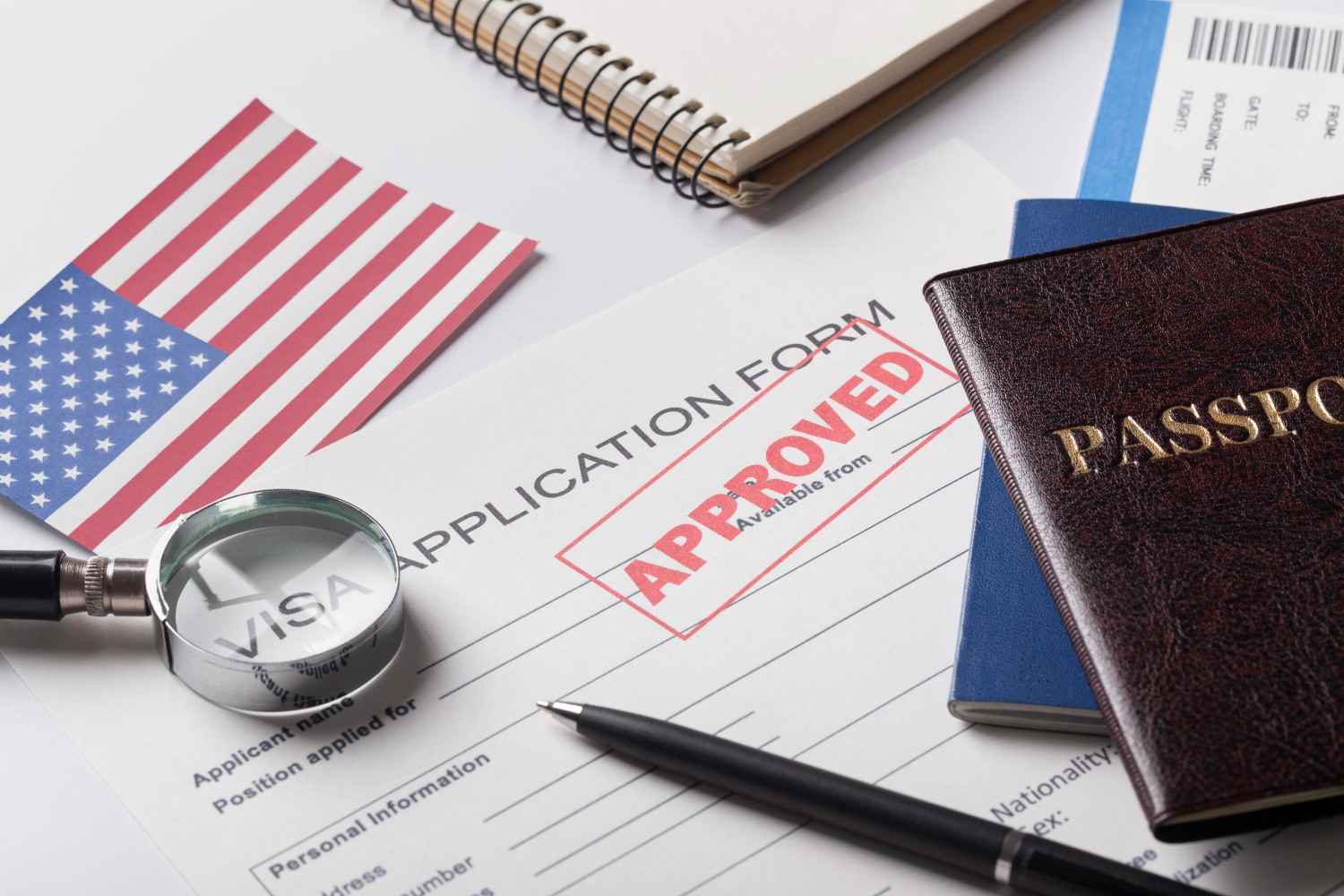Visa stamping is a critical step for non-immigrant visa holders, particularly for professionals managing employment changes. The process can be complicated by employment history gaps, consulate-specific processing times, and pending immigration matters for dependents. This article explores key considerations, including employer transitions, DS-160 documentation, and choosing between visa stamping locations.
Key Takeaways
- Grace Period Considerations: Minor employment gaps (such as payroll delays) usually do not impact visa stamping if within the allowed grace period.
- Accurate DS-160 Information: Ensuring correct employment start and end dates with proper explanatory notes can prevent unnecessary scrutiny.
- Choosing the Right Stamping Location: Locations like Canada may offer faster processing than certain Indian consulates, which are seeing increased 221G administrative processing.
- Dependents’ Immigration Status: Pending H4 extensions and H1B approvals require strategic planning to avoid status violations.
- Direct Employer vs. Consultancy Risks: Working for a direct employer generally makes the stamping process smoother compared to smaller consultancies.
Addressing Employment Gaps in Visa Stamping
A common concern for visa applicants is how to handle brief employment gaps when filling out the DS-160 form. U.S. immigration regulations allow a grace period between job changes, which means short gaps (such as a three-day payroll gap) typically do not pose a problem. When listing employment details on DS-160, it’s crucial to:
- Use the actual employment start date, not just the petition start date.
- Provide an explanatory note if there is a gap between payroll periods.
- Ensure consistency between DS-160 responses and supporting documentation, such as pay stubs and employment verification letters.
Short employment gaps within the legal grace period are not problematic, but clarity in documentation is key to avoiding unnecessary scrutiny.
Strategic DS-160 Completion for Smooth Visa Processing
The DS-160 form plays a vital role in visa stamping and must be completed with precision. Misrepresentations, even unintentional ones, can lead to delays or denials. Applicants should:
- Provide exact employment start and end dates based on payroll records.
- Clearly note any transition periods between employers.
- If the official petition start date differs from the actual start date, add a clarification in the notes section.
Precision in DS-160 responses, supported by accurate documentation, ensures a smoother visa stamping experience.
Choosing the Right Location for Visa Stamping
Selecting the appropriate consulate for visa stamping can impact processing time and approval likelihood. Some key factors to consider include:
- Canada vs. India: Canada is often a preferred option due to quicker processing, especially before peak periods.
- Chennai Consulate: While a viable alternative, Chennai has been issuing more 221G notices, leading to administrative delays.
- Dropbox vs. In-Person Interview: Applicants eligible for Dropbox processing in India may experience shorter wait times but still risk administrative processing if flagged.
Canada is often a preferred option for visa stamping, while some Indian consulates pose a higher risk of administrative delays.
Managing Dependent Visa Issues (H4 & H1B)
Many visa holders have dependents with pending immigration matters, such as H4 visa extensions or H1B approvals. In these cases:
- Pending H4 extensions do not typically prevent travel, provided the individual has a valid H4 visa.
- If an H1B was approved without a change of status, the beneficiary may need to leave the U.S. for stamping before beginning H1B employment.
- Expedited processing options are limited, and litigation may not always be effective due to standard adjudication timelines.
H4 and H1B visa holders should carefully plan travel, ensuring they maintain legal status and avoid processing delays.
Employer Considerations for a Hassle-Free Stamping Process
Visa applicants should be aware that their current employer significantly impacts the stamping process. Some key insights include:
- Direct employers (e.g., Fiserv) typically provide a smoother experience than consulting firms.
- Larger companies (e.g., Capgemini, TCS) are generally considered safer than smaller consultancies.
- Switching employers right before stamping may increase scrutiny—waiting a few months before traveling for stamping is advisable.
Working with a direct employer reduces risks in visa stamping, while consulting firms may trigger additional scrutiny.
Conclusion
Understanding the visa stamping process requires careful planning, accurate DS-160 completion, and a well-informed choice of consulate. Addressing employment gaps with proper documentation, selecting the right visa stamping location, and ensuring dependent visa issues are managed proactively can make a significant difference in a smooth stamping experience. For those with complex cases, consulting an immigration attorney can help mitigate risks and ensure compliance with evolving policies.
Frequently Asked Questions (FAQs)
Does a short employment gap affect visa stamping?
No, as long as it falls within the legal grace period, it generally does not impact stamping.
Should I use my petition start date or actual employment start date in DS-160?
Use your actual start date and clarify any differences in the notes section.
Is Canada a better option for visa stamping than India?
Often, yes—especially before January 20th—because of quicker processing and lower risk of 221G administrative delays.
Can my wife travel while her H4 extension is pending?
Yes, if she has a valid H4 visa. However, she may need to reapply for her extension after returning.
Should I switch employers before or after visa stamping?
It is safer to complete stamping with your current employer before switching to a new one, especially if the new employer is a consultancy.
Authors: Jonathan Wasden & Justin Rivera, Immigration Attorneys
How useful was this post?
Click on a star to rate it!









